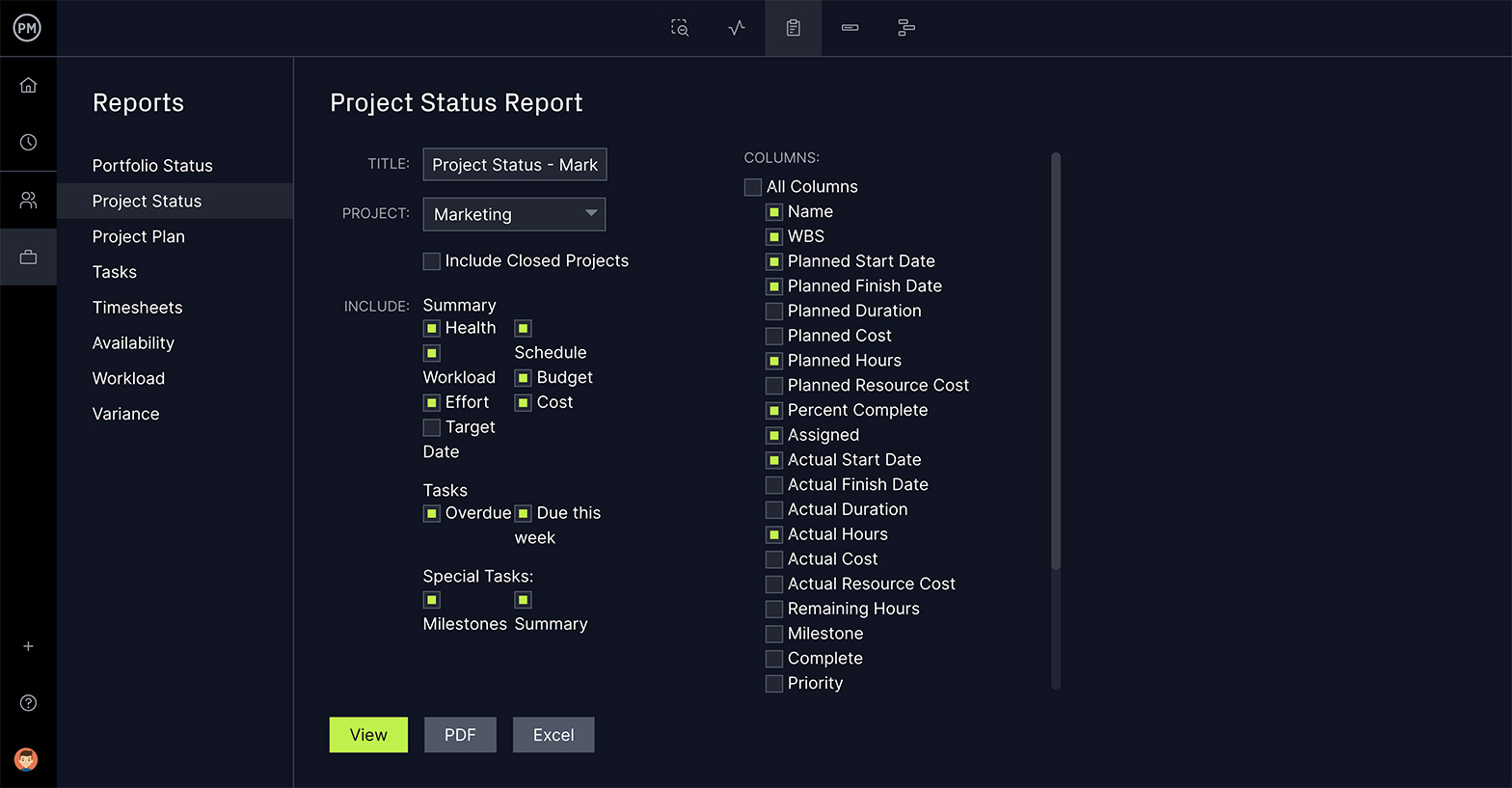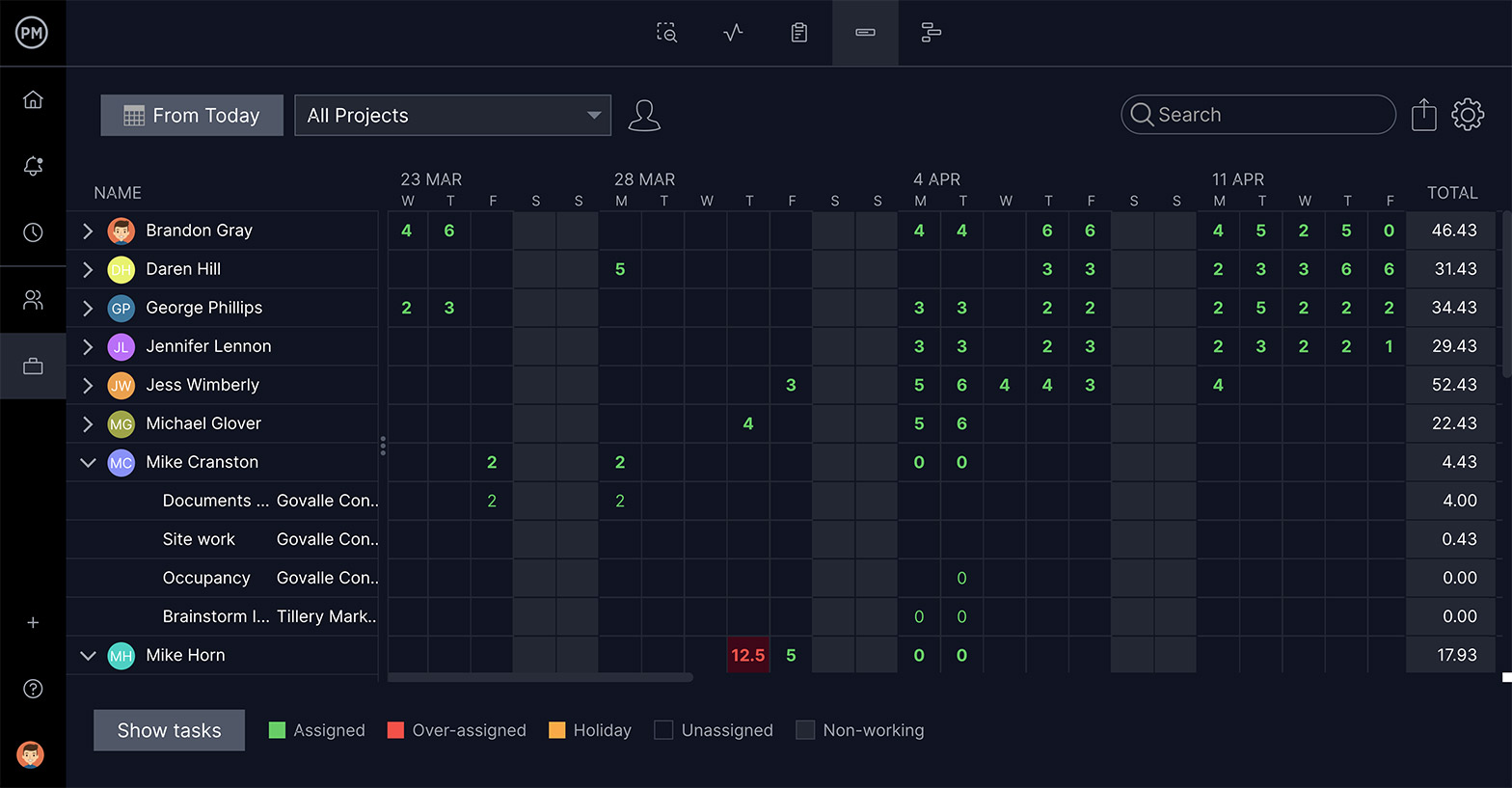Without knowing what your project success criteria are, can you truly say your project is successful? Everyone wants their project to be successful, but few take the time to define what that means.
Let’s say you’ve delivered a product or service on time and within budget—is that success? It could be, but not if it doesn’t meet stakeholder expectations. Project success criteria are critical to know if, in fact, the project has met those metrics.
How To Define Project Management Success
Project management success is defined by how efficiently a project manager or project management office achieves the project’s goals and objectives. Of course, you want to bring in a project before the deadline and under budget. That’s all about using limited resources in the best way possible. But at the same time, you need to develop good relationships with all the stakeholders.

Stakeholders have expectations that must be managed. Everyone who is invested in the project has a picture of what success looks like, and it’s critical to understand and manage those expectations or else there will be stakeholders who feel the project has failed regardless of meeting the budget, schedule and scope goals.
Another aspect of project management success is the quality of the product or service delivered. Who cares if you make a widget that won’t work but delivered it on time and within the approved budget? You have to manage quality and never lose sight of the benefits that are the core goals and objectives of the project.
That doesn’t mean defining project management success is easy. There are a lot of factors to take into account and some of them can’t be assessed until long after the project has closed. Therefore, it’s important to understand project success and project management success are not the same things especially when managing programs and project portfolios.
How To Evaluate Project Management Success
Project success is based solely on how efficiently the project is managed while delivering on its goals and objectives. With that said, there are six metrics by which any project’s success is measured:
- Scope: Achieving the intended results of the project.
- Schedule: Meeting the deadline, including all milestones.
- Budget: Delivering the project for the amount agreed upon.
- Team Satisfaction: Making sure the team feels satisfied with the project.
- Customer Satisfaction: Get positive feedback from clients, sponsors, stakeholders, et al.
- Quality: Achieve expectations of stakeholders.
The great thing about defining project success criteria is that it not only leads you to a successful project but also helps future projects. Using success criteria can also be seen as practice towards continuous improvements by learning from the experience.
What Are Project Success Criteria?
As noted above, project success criteria and project management success are slightly different. Even these differences can vary from organization to organization, project to project and even team to team. But basically, we’re dealing with two types of success.
The first type is related to project management. It’s both about managing the project efficiently and aligning with the business objectives of the organization. This can be done through regular meetings, project audits, meeting the timetable and deadlines as well as reaching the expected quality for the product or service.
The second type is related to the deliverables. When measuring this type of success, stay focused on what the project has promised to accomplish. You want to reach the objectives as outlined in the business case for the project, such as getting the product or service to users and meeting customer satisfaction, etc.
What Are the Three Success Criteria for Projects?
The three success criteria for a project are cost, scope and time (the triple constraint). While the details might be different depending on the industry, company or objective of the project, success or failure will depend on these three factors.
If you can deliver a project on time, within budget and achieve the scope as defined in the project documents, that is a success. But as we’ve learned, there’s often more involved and it’s better to get more specific. For example, in some cases a project might be delivered successfully, but it might require more resources than were expected, affecting other projects in a program.
For example, it’s not merely bringing the project in or below the budget, but also creating value for investment and reaping benefits for stakeholders. It’s best to define what cost, scope and time mean beyond the general idea to get a better sense of what is a successful project.

Get your free
Stakeholder Analysis Template
Use this free Stakeholder Analysis Template for Excel to manage your projects better.
Three Things to Keep in Mind When Tracking Success
We’ve been discussing project management success in the abstract. While it’s important to define project success criteria, it doesn’t speak to what needs to be done in order to help that success along. Let’s talk about some of the rules to keep the project on the road to success:
1. Milestones
Defining milestones, which are any important dates in the project, makes a project more manageable. The most obvious way to set milestones is by marking the end of any phase and the start of the next. By performing an evaluation test after each phase, you can see if you’re meeting the planned progress or not. Not only does this help with tracking, it boosts morale for the team when they complete a major phase of the project. A happy team is a more productive team, which is a key indicator of project management success.
2. Communication
Communication greases the wheels in every aspect of project management. Having a communication plan in place at the start of the project is essential. The more effective the communication between project members and stakeholders, the less likely there will be issues that cause delays. Keeping lines of communication open is key, but so is using reports to communicate vital project data. Use status reports to check in on the triple constraint in real-time and track actual progress against planned progress.
3. Use a Project Management Tool
Dynamic project management software provides tools to set up milestones and foster collaboration where team members can stay in touch. Using robust project management software adds efficiencies to the project, which is the very definition of project management success.
How ProjectManager Delivers Project Success
ProjectManager is online software that delivers real-time data to keep you on track by making better decisions. Tracking your project is as important as defining project success criteria. Using project management software gives you the tools to know if you’re meeting the baseline for the project.
Live Dashboards That Automatically Calculate Data
There are several ways you can see how your project is performing. Get a high-level view with the live dashboard, which automatically calculates data from your team’s status reports and updates easy-to-read charts and graphs on time, costs and more.

Easy Reporting to Stay on Track
Get deeper into the data with one-click reporting on project variance, workload and more. Reports can be filtered to show just what you want to see and then shared to update stakeholders.

Powerful Resource Management Features
Keeping your team happy and productive is part of project management success. Our resource management features include a color-coded workload chart that shows how many tasks each team member is assigned. If some are overallocated, simply reallocate resources right from the same page.

ProjectManager is award-winning software that helps you plan, monitor and report on your project to help complete it successfully. Keep stakeholders in the loop while giving your team the tools they need to work better together. Join the tens of thousands of teams and organizations such as NASA, the US Postal Service and the Bank of America that are delivering successful projects with our tool and take this free 30-day trial.

